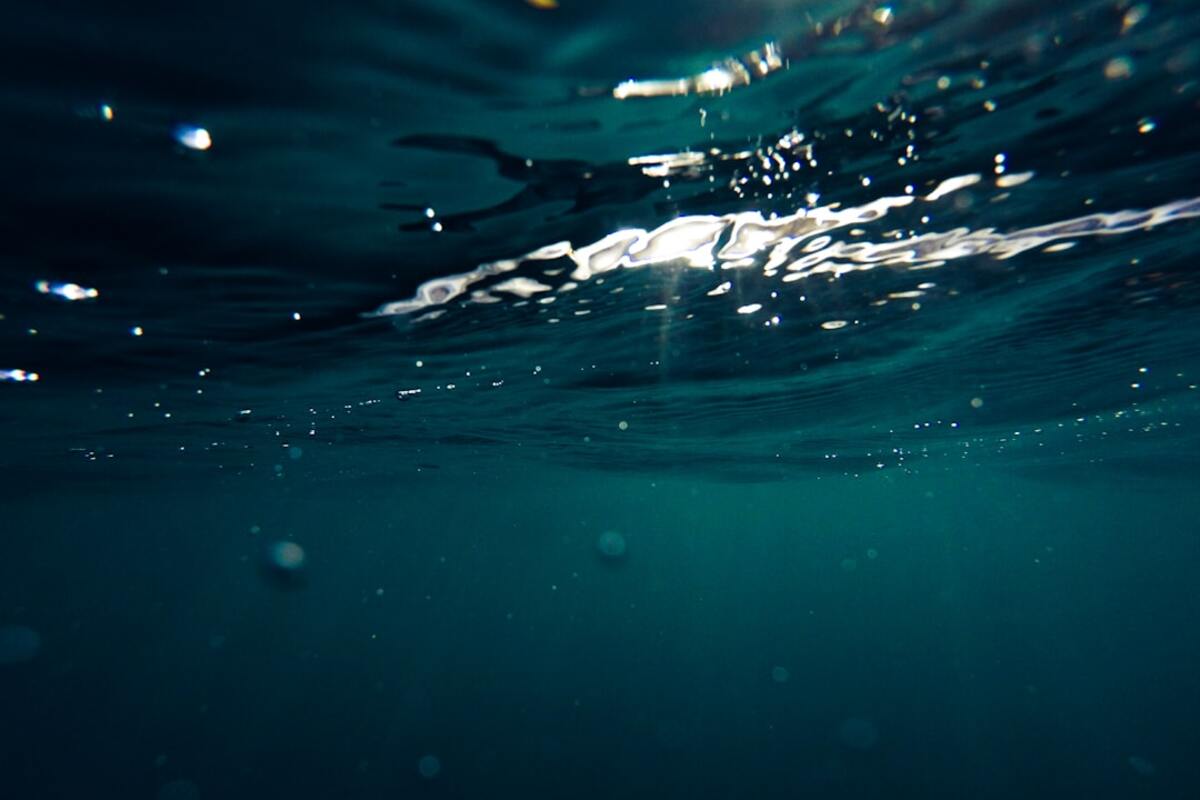The Unexplored Depths of the Mariana Trench: A Journey to the Earth's Last Frontier
Dive deep into the unexplored depths of the Mariana Trench, the Earth's most mysterious and least understood marine ecosystem.

- The Mariana Trench is the deepest part of the world's oceans, reaching approximately 36,070 feet at its deepest point, Challenger Deep.
- Despite its inhospitable environment, the trench teems with life, including unique species like the giant amoebas and the deep-sea dragonfish.
- Exploration of the trench has been limited, but advancements in technology are paving the way for new discoveries and insights.
The Deepest Point on Earth: Challenger Deep
The Mariana Trench is an oceanic trench located in the western Pacific Ocean, to the east of the Mariana Islands. It is the deepest part of the world's oceans, with Challenger Deep, its most profound section, plunging to about 36,070 feet (10,994 meters). To put this in perspective, if Mount Everest were placed at the bottom of the trench, its peak would still be over a mile underwater.
This remote and extreme environment has long captured the human imagination, but its inaccessibility has left it largely unexplored. The trench is a subduction zone, where the Pacific Plate is being pushed beneath the Mariana Plate, leading to its extraordinary depth. Despite technological challenges, several missions have ventured into the depths of the trench, revealing an ecosystem brimming with life and mystery.
Life in the Abyss: Unique Adaptations and Discoveries
Despite the darkness, crushing pressures, and near-freezing temperatures, the Mariana Trench is home to a surprising array of life. Organisms here have developed remarkable adaptations for survival. For instance, certain species of fish possess antifreeze proteins in their blood to prevent ice crystal formation, while others have developed larger eyes to capture more light in the pitch-black environment.
One of the most intriguing discoveries is the presence of giant single-celled organisms called xenophyophores. These creatures, which can grow up to 4 inches in diameter, are part of the deep-sea ecosystem and play a crucial role in nutrient cycling. Other notable residents include the deep-sea dragonfish, known for its bioluminescent capabilities, and the snailfish, which holds the record for the deepest living fish.
Technological Advances and Future Exploration
Exploration of the Mariana Trench has been sporadic, primarily due to technological and financial constraints. However, recent advancements are paving the way for more detailed studies. Remotely operated vehicles (ROVs) and autonomous underwater vehicles (AUVs) have become crucial tools for marine scientists, allowing them to gather invaluable data and samples from the depths.
In 2012, filmmaker James Cameron made headlines with a solo descent to Challenger Deep, marking the first manned mission since 1960. His journey provided a wealth of information and inspired renewed interest in deep-sea exploration. Today, international collaborations and private initiatives are working towards more frequent and extensive explorations, which promise to unlock further secrets of this enigmatic world.
One of the future goals is to map the trench in high resolution, which would offer insights into its geological features and the distribution of life. The integration of AI and machine learning in analyzing collected data is also expected to accelerate discoveries, providing a better understanding of how these remote ecosystems function and their role in the global environment.
- An overview of the trench's geological formation and the processes at play.
- A detailed exploration of the unique species and their adaptations to extreme conditions.
- The impact of human exploration and research on our understanding of deep-sea ecosystems.
